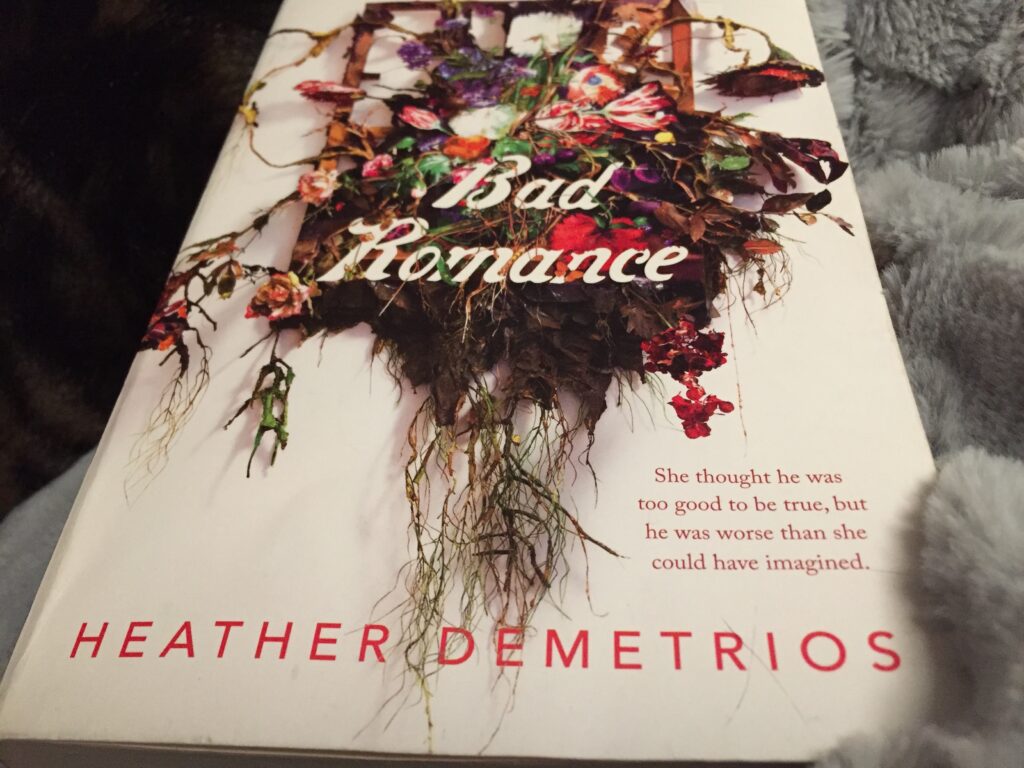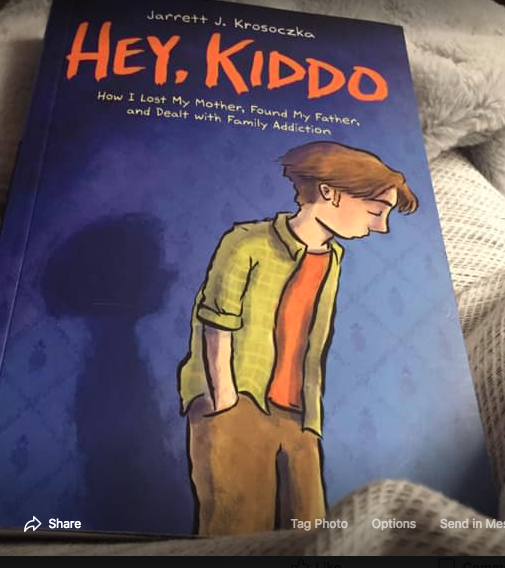Title: The Marrow Thieves
Author: Cherie Dimaline
Date Read: June 16, 2019
Two snaps.

In a post-apocalyptic world ravaged by global warming, Frenchie and his compatriots are on the run from the Recruiters.
Indigenous peoples have the one thing everyone else is missing: the ability to dream.
“We go to the schools and they leach the dreams from where our ancestors hid them, in the honeycombs of slushy marrow buried in our bones. And us? Well, we join our ancestors, hoping we left enough dreams behind for the next generation to stumble across.”
You will be compelled to draw parallels to Canadian Residential Schools, they are mentioned as past markers in the story, but serve to show how when a dominant group wants something– they will stop at nothing to get it. She moves our past into our future– making it impossible to look away.
Surely, readers can draw connections to our present reality and the plausibility and gravity of her story. For me, it brings to mind the environmental degradation caused by Canada’s oil sands and their emissions-intensive extraction process and destructive land use. Canada is also home to 75 percent of the world’s mining companies. And they don’t have a great record around the world. Murders, rapes, and beatings have been reported at mines owned by Canadian companies. They’re not doing so well on the environmental front either. Contamination of water bodies from tailings pond and dam failures has become commonplace. In B.C., wild salmon have been the backbone of Indigenous food systems for millennia. Much more recently, fish farms have begun popping up on the coast. They concentrate hundreds of thousands of fish in floating farms using open net pens. The farms breed pests and diseases like Infectious Salmon Anemia, sea lice, and Piscine Reovirus, and can pass those on to wild populations. Indigenous-led activists have attacked the industry for its effects on wild fish. I would be remiss to not also mention issues of violence against Indigenous women and the violation of Indigenous Peoples’ land rights.
“Indigenous peoples are being forced into long and costly court battles to defend their traditions and ways of life because governments in Canada still refuse to accept the need to work collaboratively with Indigenous peoples on important decisions about environmental protection and resource development,” said Grand Chief Stewart Phillip, Union of British Columbia Indian Chiefs. “It’s ironic that the Committee report should come out in the midst of today’s court hearings into the Site C dam, a megaproject approved by the federal and province governments over the objections of First Nations and despite a highly critical environmental assessment.”
UN human rights report shows that Canada is failing Indigenous peoples
JOINT PRESS RELEASE PUBLIC STATEMENTS
JULY 23, 2015
Dimaline’s novel is not entirely fiction. But it is essential reading.
Cherie Dimaline is a Canadian Métis writer. In The Marrow Thieves, she explores the continued colonial exploitation of Indigenous people and the land. She has received great acclaim for her novel: the Governor General’s Award for English-language children’s literature at the 2017 Governor General’s Awards and the 2017 Kirkus Prize in the young adult literature category. It was also a finalist in the CBC’s 2018 Canada Reads competition, successfully appealing beyond the YA category to adult readers in the competition.
Do read this one.





